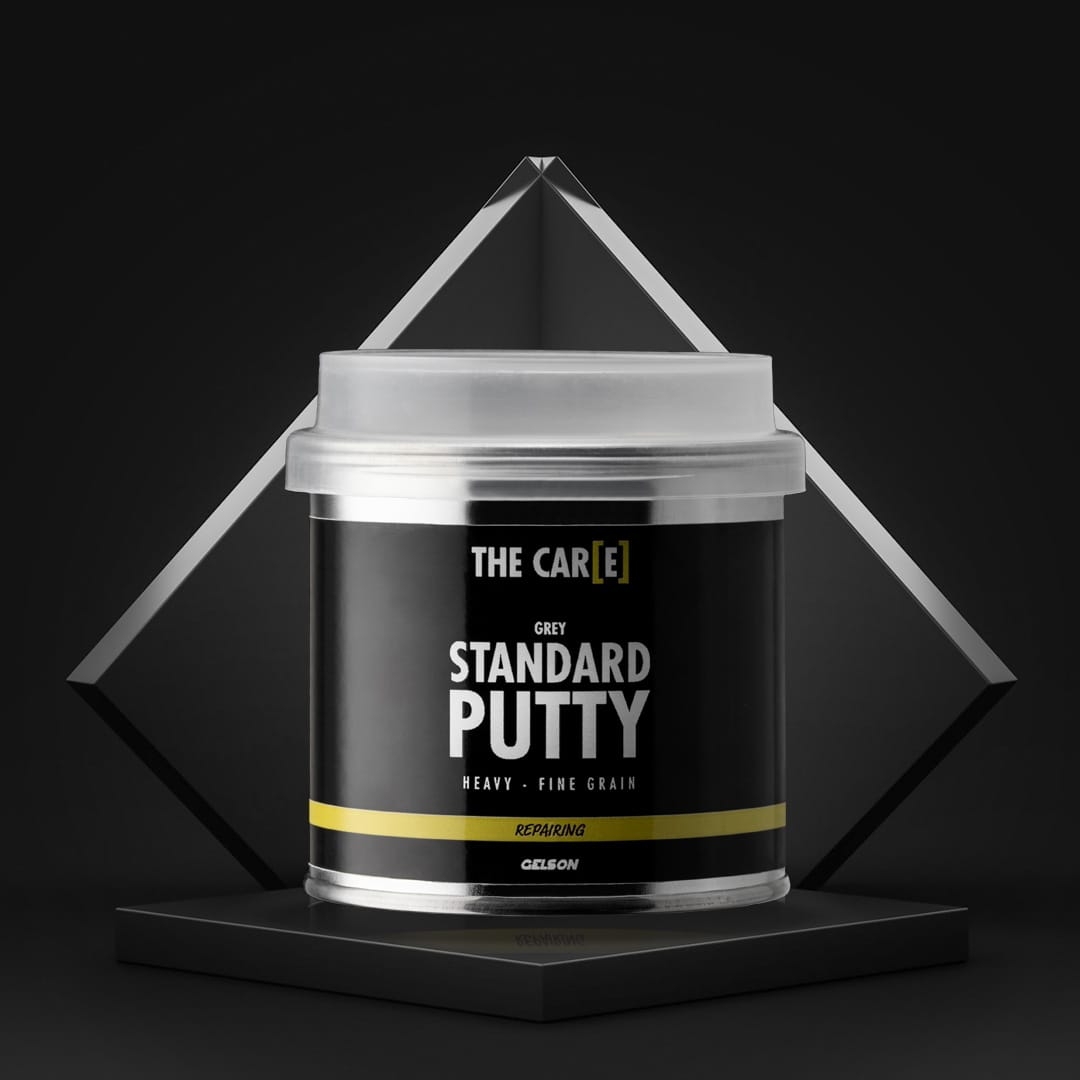


Standard Putty grey is a two-component, fine-grained, heavy-duty putty designed to correct and level small and large imperfections on car bodywork surfaces. This high temperature resistant bodywork putty is the ideal choice for those who want to carry out small and large DIY repairs on the bodywork and obtain a professional result. Thanks to its high-quality formulation and the included catalyst, it guarantees quick drying and a time-resistant finish.
Discover the entire collection of The Care car fillers.
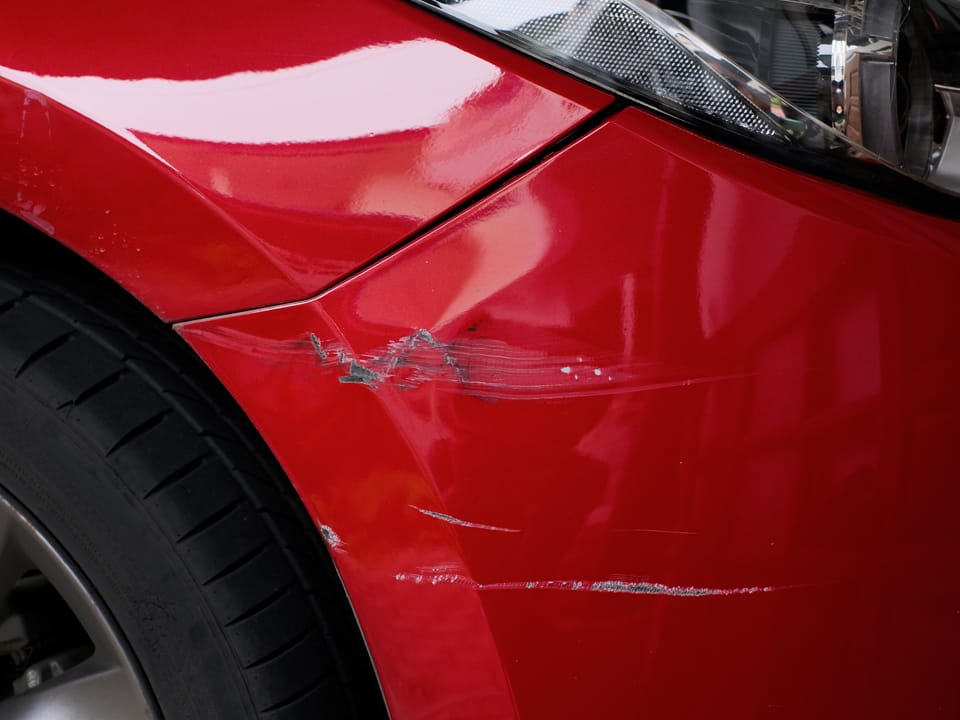
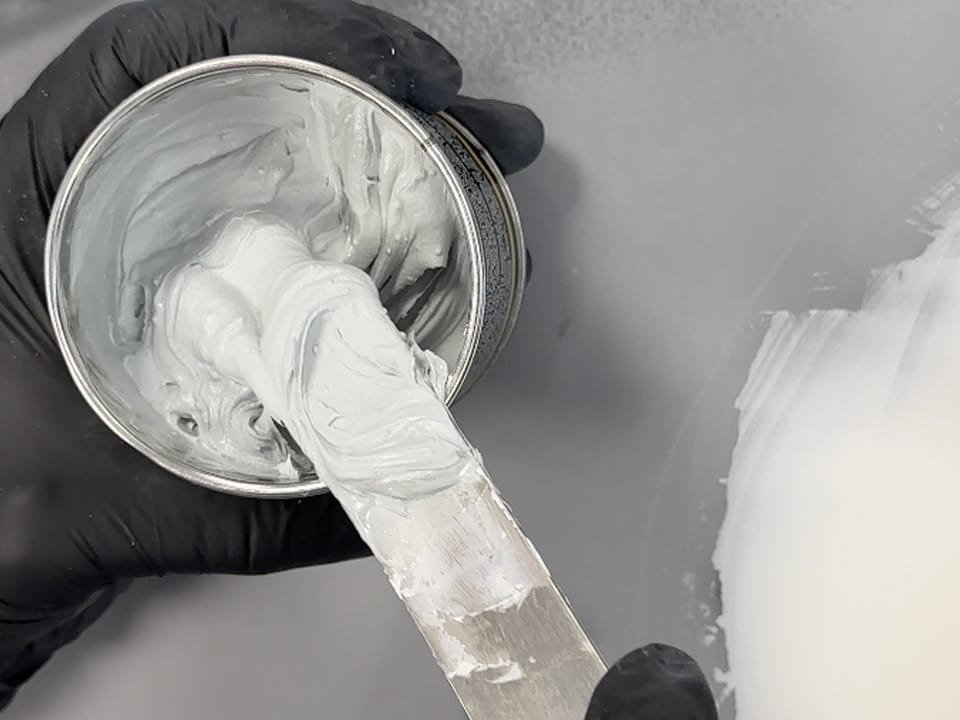
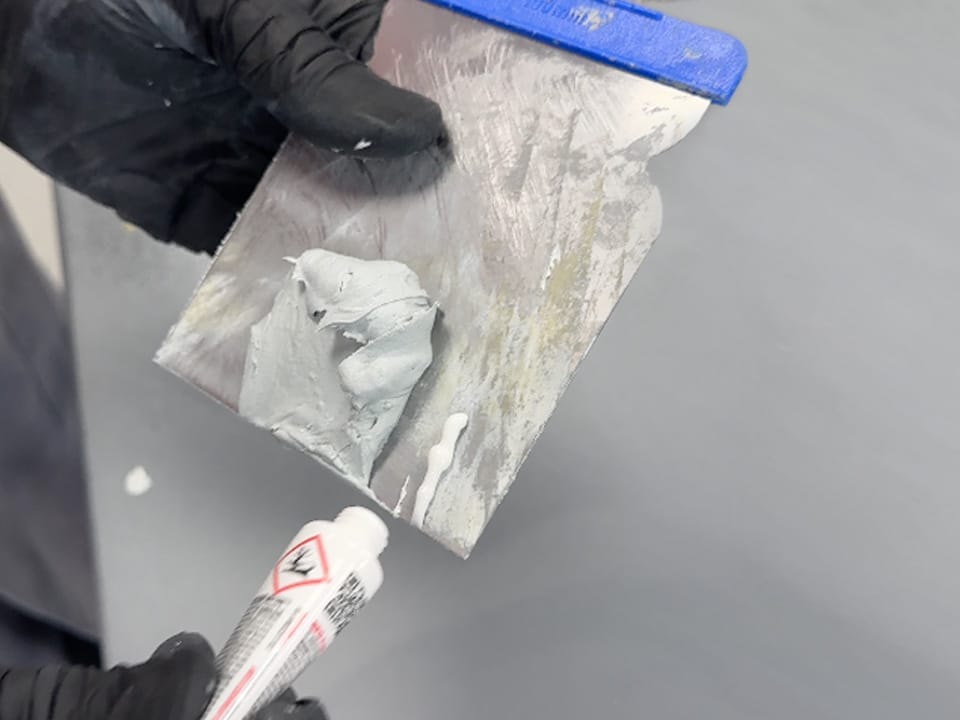
Standard Putty gray is the ideal ally for car detailing enthusiasts who want to obtain professional and long-lasting results in small DIY repairs. Its fine grain and heavier and less smooth consistency than Standard Putty white are the secret weapon against dents, bumps and marks that can appear on the bodywork, such as those from hail. Its unique formulation allows for simple application, even layered over a filler such as Standard Putty with aluminum or Fibreglass Putty . This product makes leveling with Putty Knife spatulas easy and extremely efficient, as well as the drying process even at high temperatures and the subsequent sanding phase by hand or by machine. Before application it is recommended to clean the surfaces with Degreaser and TNT Cloth.
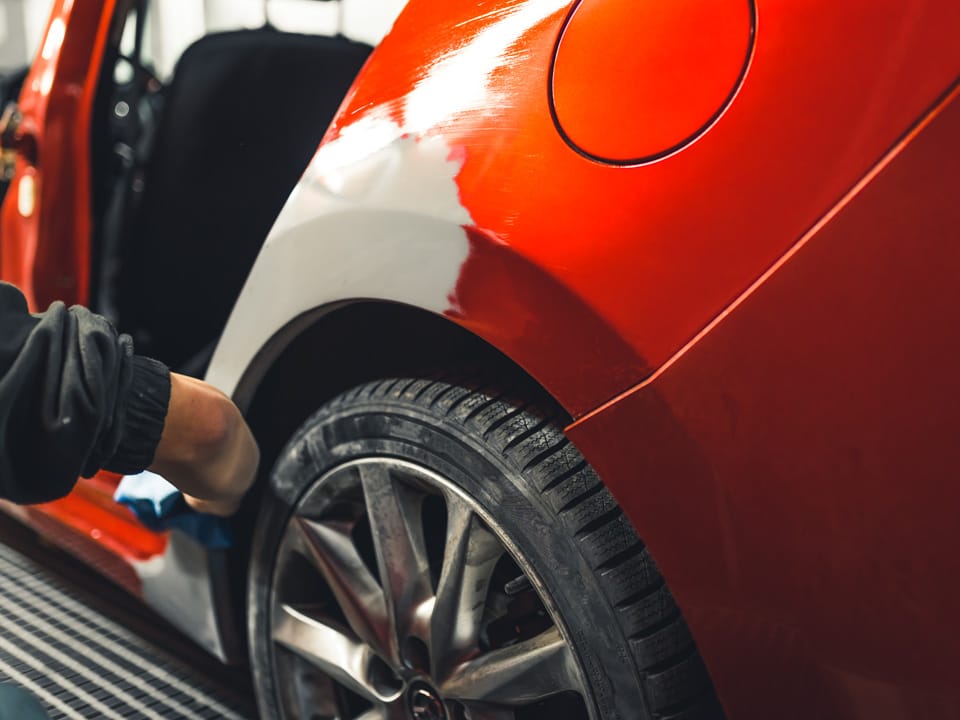
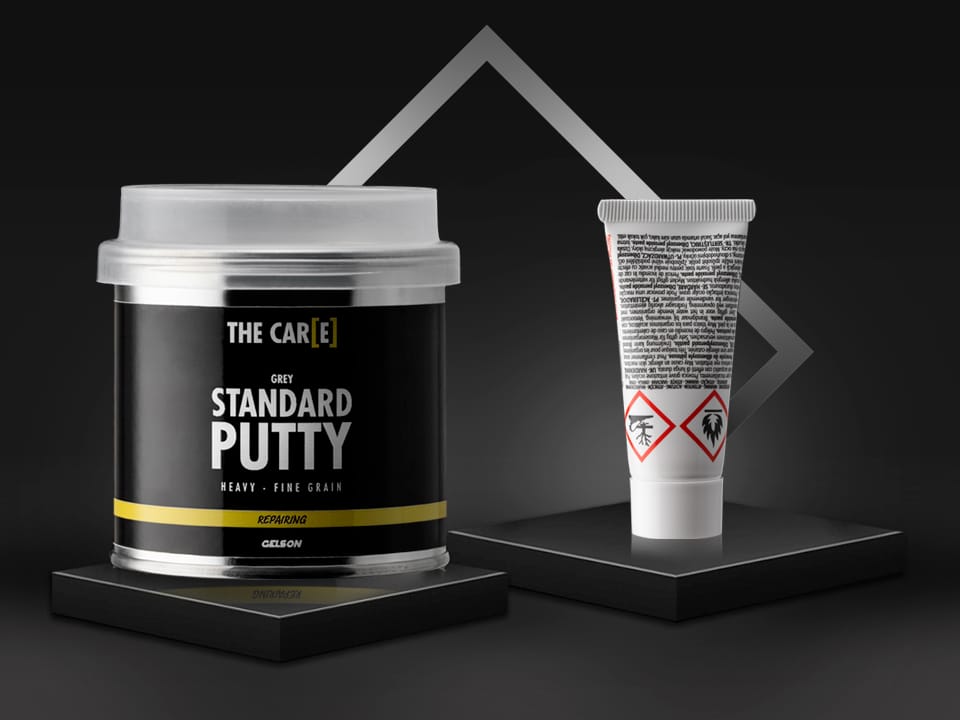
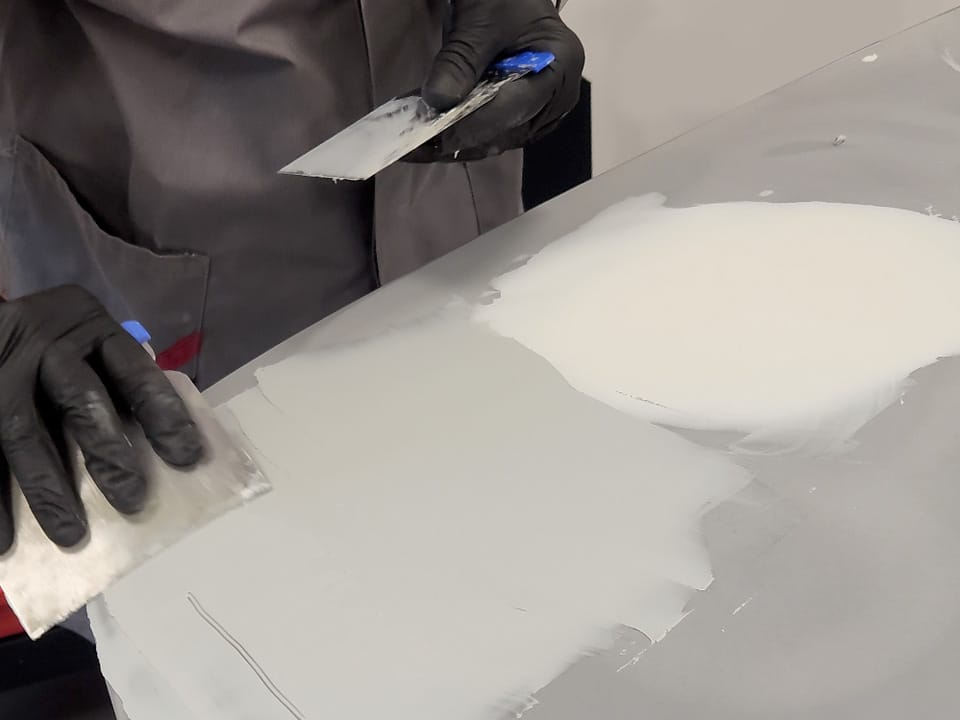
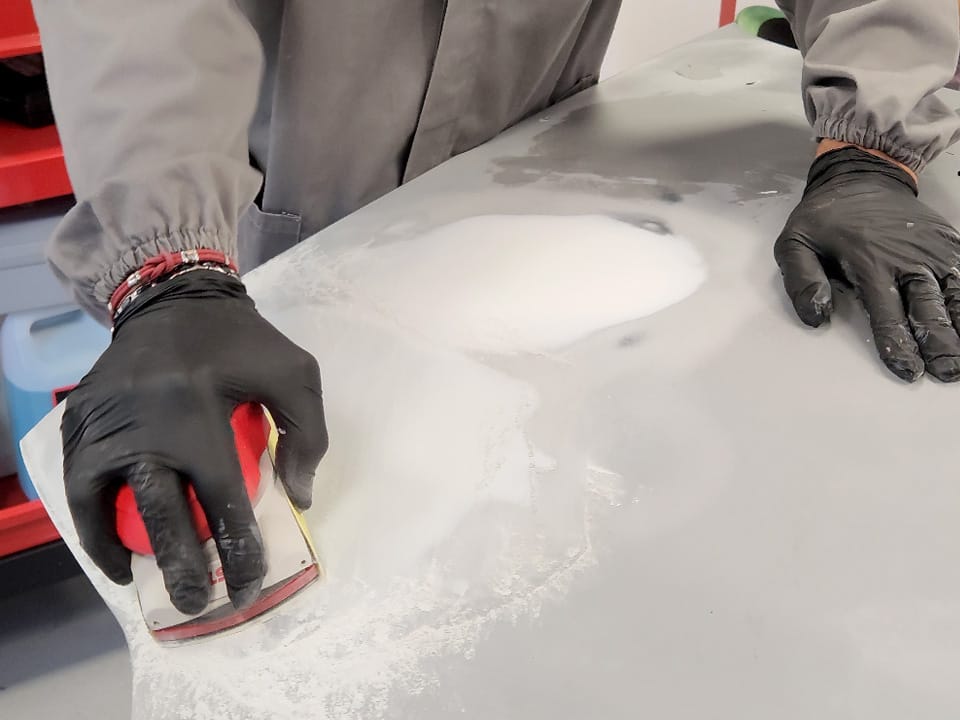
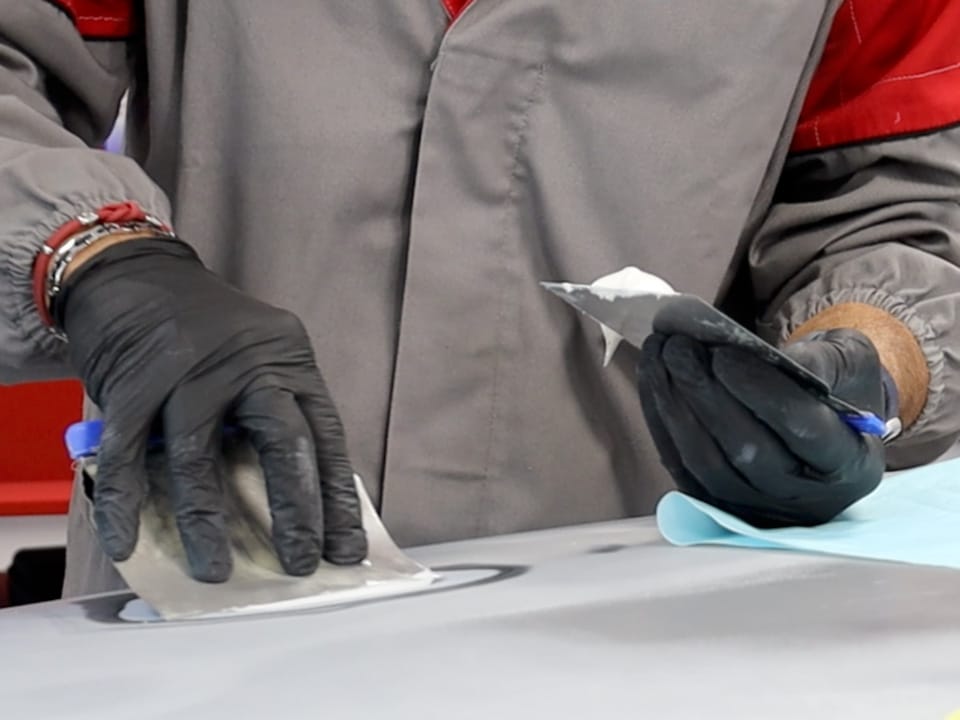



In the world of small DIY car repairs, the application of putty is often used to repair small damages, dents or superficial bumps on the car body. Here's how you can apply stucco correctly.
Materials needed:
Procedure:
Remember that car repair putty is mainly used for light damage or superficial dents.
To guarantee high-quality results, we recommend The Care putty collection which offers a wide range of solutions for small DIY repairs of different materials and surfaces.
These are very high quality fillers, successfully on the market for 60 years, chosen by thousands of professionals, specifically designed to correct imperfections and small marks on the bodywork and other surfaces.
They are all two-component putties, with the catalyst already included in the package, which can be used with the appropriate set of Putty Knife spatulas of different sizes.
Let's discover them briefly together:
Read also:
Car repair putty can be used to repair small damages, dents, streaks, pits or other surface imperfections on the car body.
Some of the most common cases in which you can apply stucco to repair minor damage are:
It is important to note that putty is best suited for small repairs and superficial damage. If you have more serious or extensive damage, such as deep dents or structural damage to the bodywork, professional assistance may be necessary. The correct application of stucco requires skill and patience to obtain high-quality results, as it is a process of some complexity.
We have seen some examples of cases in which the use of repair putties is advisable, but on which surfaces can it be done?
Here are examples of practical application of car repair putty on different types of surfaces:
The types of surfaces where putty can be applied are different and cover a wide range of materials common in automotive construction. However, the size and complexity of the damage will determine whether the repair can be handled DIY or will require assistance from an automotive or marine professional.
To guarantee high quality results, today we recommend The Care putty collection which offers a wide range of solutions for small DIY repairs of different materials and surfaces.
These are very high quality fillers, successfully on the market for 60 years, chosen by thousands of professionals, specifically designed to correct imperfections and small marks on the bodywork and other surfaces.
They are all two-component putties, with the catalyst already included in the package, which can be used with the appropriate set of Putty Knife spatulas of different sizes.
Let's discover them briefly together:
Read also:
You might also like